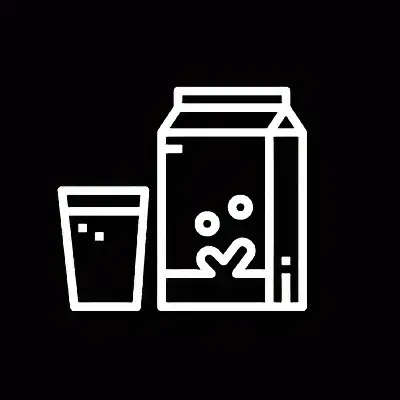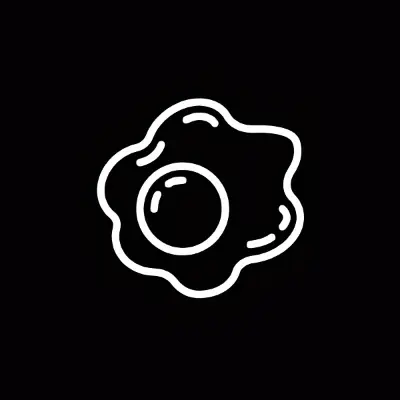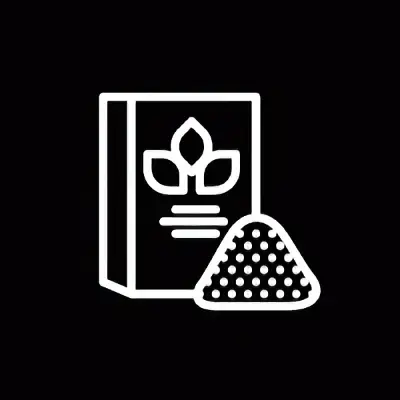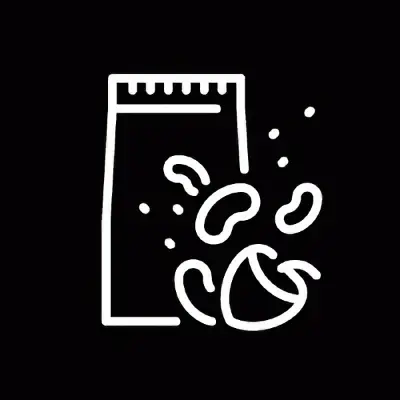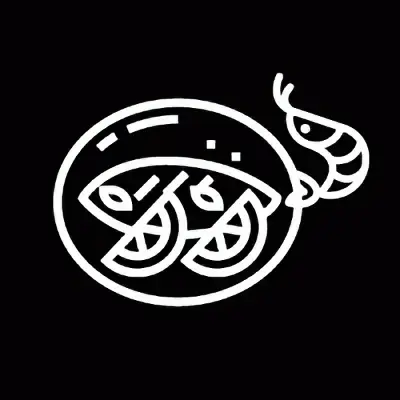育儿贴士 /
How to Detect an Allergy in Your Little One
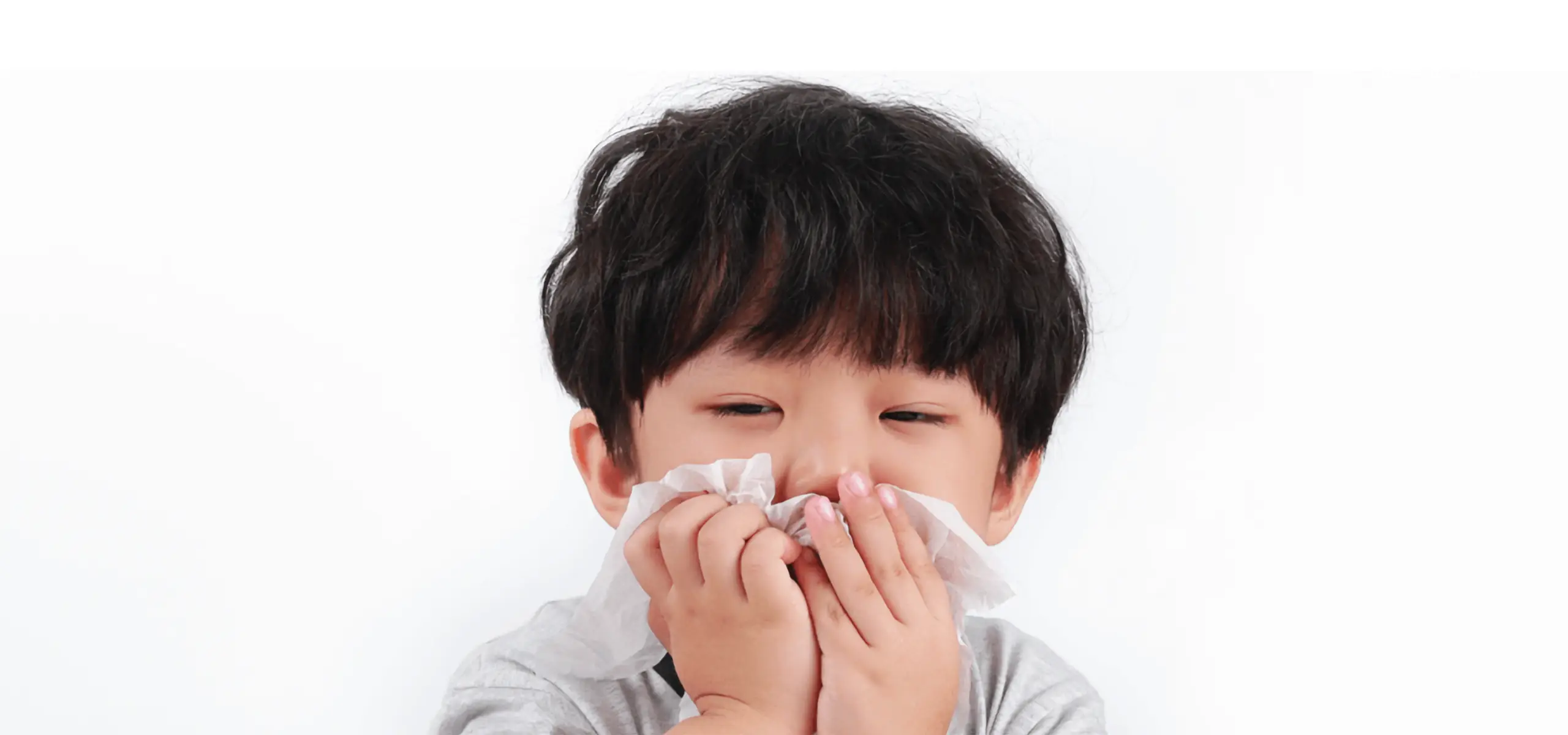
Allergies are reactions of our immune system. This means our body is demonstrating that it is protecting itself through symptoms such as inflammation, urticarial, fluid secretion and even bleeding. First, it is very important to know that allergies can be unique or inherited affectations. Baby can show a delicate skin, either by the use of diapers, clothes or creams.
Although these items can irritate him/her, it does not always mean that your baby is allergic. So let’s look at the most common symptoms to detect the types of allergy in our little ones. It is important to monitor the following conditions on our babies: If there is any rash on the skin, such as pimples or blisters. If any part is swollen or reddish, especially after consuming any food, wear a special type of garment or contact with an animal.
Occurrence of digestive issues such as diarrheas or constipation, abdominal pain, bloating, vomiting, reflux Appearance of rhinitis or conjunctivitis. This we can notice in secretion of the nose or eyes. Continuous cough or whistling sounds when breathing. What can increase the risk of having allergies? A baby is more likely to be allergic if one or both parents have allergies. It will have a predisposition for an allergy if the parents or the siblings themselves suffer from sensitivity (asthma, skin problems …). Food allergy is common in children. Many food allergies heal spontaneously in young children. Allergy to cow’s milk protein cures in 80 to 90% of cases before the age of 2 years. When noticing any of the past symptoms it is important to have a visit to the doctor:
- The doctor can assess the injuries and symptoms and tell us if any analysis is necessary.
- If a blood test is performed, the allergy will be demonstrated by an alteration of immunoglobulin E.
- If a skin test is performed, it will consist in exposing your baby’s skin to several substances, so that, in case of allergy, there will be instant symptoms.
Can allergies be prevented? Although if there is a genetic predisposition, breastfeeding can help strengthen your baby’s immune system, growing stronger. Clean and vacuum your baby’s toys and room. Check all the labels of porridges or food that you give to your baby, so you know what he/ she is eating and you can easily identify what fell ill (if so). Foods that could cause allergic reactions in your children: This happens when our babies begin to develop antibodies against the proteins of the food, the most general one is the protein of cow’s milk. If your child is at the age when they start eating everything, supervise very well what you give them.
There are many foods that could cause fall ill, make body to treat the food as if it were a foreign body and activate a defensive mechanism of the immune system. Symptoms such as diarrhea, hives, inflammation and breathing difficulties usually manifest in a few minutes; although they may take up to two hours after eating a certain food. If your child has a severe allergic reaction, his life could be in danger. Know the 5 foods that are most related to allergic reactions in children under 3 years:
Milk
Mainly children up to 3 years are those who suffer more allergic reactions with this food. If your child does not like milk, consult your pediatrician who could indicate a special hydrolyzed formula or formula of rice or soy. The drinks known as rice milk, oats, or almonds are not milk or special formula and are not recommended.
Eggs
When the egg is cooked, it is less likely to cause allergic reactions. But egg white is the part with a high concentration of allergens. Younger children are more likely to develop an allergic reaction.
Wheat
This allergy is very dangerous and highly common because wheat is found in many foods. But it should not be confused with celiac disease, a digestive disorder that rejects wheat gluten, but also oats, barley and rye.
Peanuts and nuts
Allergies to peanuts, chestnuts, walnuts, almonds, hazelnuts and pistachios are the most common and also the most aggressive; hence the importance of reviewing the labels of the products because these foods can be in dressings, pasta, honey and sauces.
Fish and seafood
The most allergenic fish are tuna, butter fish and salmon; but in general those who have allergies to some type of fish, have an allergy to all fish. If you discover that your child is allergic to fish or crustaceans such as shrimp, lobster and shrimp, you should keep them away from the kitchen since the protein that causes allergies may be present in the steam that comes out of the pots.
Keep in mind that the first exposure to these foods may go unnoticed, as in the case of eggs, milk or nuts chopped in a cookie; however, the symptoms of an allergic reaction will intensify little by little. If you detect that some food is not well accepted by your child, seek your doctor’s advice.
What treatment is good for food allergy?
- The avoidance regime of the allergen involved is the only treatment of a proven food allergy. This diet must be strictly subject to regular medical and dietary monitoring. It is strongly discouraged to eliminate one or more foods from the diet of your child without medical advice, or to prescribe a particular treatment, at the risk of developing certain nutritional deficiencies in your child.
- If you are breastfeeding your baby, you should eliminate the allergen from your diet so that it does not pass into your breast milk. If you are not breastfeeding, seek professional advice from a paediatrician or doctor. They will prescribe an appropriate formula that does not contain the allergen involved.
- If you detect an allergy to your baby, remember to follow the recommendations below: Place a bracelet that specifies what is your baby allergic to. This is very useful at the time of leaving your baby in the nursery, with the babysitter or with your family.
What is atopic dermatitis?
We talk about atopic dermatitis (or atopy) when a baby suffers from skin problems (dry skin, itching, eczema, red patches, etc.). The skin of baby is very thin and fragile, therefore it has more serious reaction when contact with allergens. Atopic dermatitis is very common in children.
What are the treatments for atopy dermatitis?
- It is important to choose your daily hygiene care: soap-free, fragrance-free, and hypoallergenic. Use dermo-cosmetics specially formulated for baby’s atopic skin. You can seek advice from a health professional. Regarding diet, breast milk remains the best source of nutrition for babies up to 6 months old exclusively.
- It is possible that your baby may have pimples as his/ her hormones are not yet regulated. Normally it disappears after 4 months. You should be calm and review any possible symptoms.
- Remember that the skin of baby can be very sensitive, irritated or look red, most of the problems can be fixed with a moisturizer and light cotton clothing.
